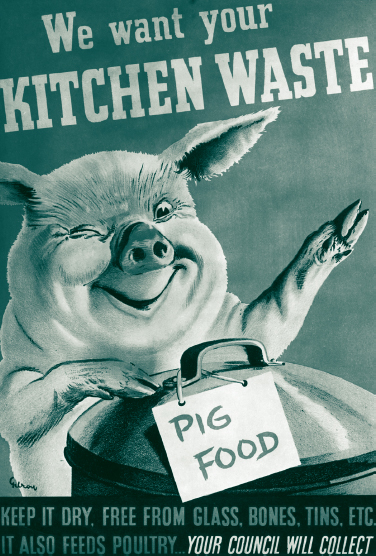Early Regulation of Advertising
Printed Page 327

During the early 1900s, advertising’s growing clout—along with revelations of fraudulent advertising claims and practices—catalyzed the formation of the first watchdog organizations. For example, advocates in the business community in 1913 created the nonprofit Better Business Bureau, whose mission included keeping tabs on deceptive advertising. The following year, the government established the Federal Trade Commission (FTC), in part to further help monitor advertising abuses. Alarmed by government’s willingness to step in, players in the advertising industry urged self-regulation to keep government interference at bay.
At the same time, advertisers recognized that a little self-regulation could benefit them in other ways as well. They especially wanted a formal service that tracked newspaper and magazine readership, guaranteed accurate audience measures, and ensured that newspapers didn’t overcharge agencies and their clients. To that end, publishers formed the Audit Bureau of Circulation (ABC) in 1914 to monitor circulation figures.
But it wasn’t until the 1940s that the industry began to deflect the long-standing criticisms that advertisers created needs that consumers never knew they had, that advertisers dictated values, and that they had too strong a hand in the economy. To promote a more positive self-image, the ad industry developed the War Advertising Council. This voluntary group of ad agencies and advertisers began organizing war bond sales, blood donor drives, and the rationing of scarce goods. Known today by a broader mission and its postwar name, the Ad Council chooses a dozen worthy causes annually and produces pro bono public service announcements (PSAs) aimed at combating social problems such as illiteracy, homelessness, drug addiction, smoking, and AIDS.
In the 1950s, with the advent of television, advertisers had a brand-new visual medium for reaching consumers. Critics complained about the increased intrusion of ads into daily family life. They especially decried what was then labeled subliminal advertising. Through this tactic, TV ads supposedly used hidden or disguised print and visual messages (often related to sex, like the shape of a woman’s body in an ice cube for a vodka ad) that allegedly register only in viewers’ subconscious minds, fooling them into buying products they don’t need. However, research has reported over the years that subliminal ads are no more powerful than regular ads. Demonstrating a willingness to self-regulate, though, the National Association of Broadcasters banned the use of anything resembling a subliminal-type ad in 1958.